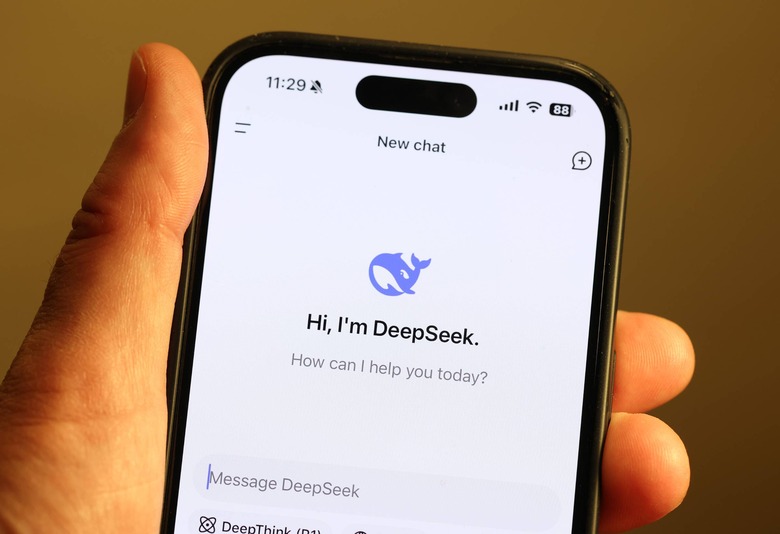DeepSeek R2 Reasoning AI Is Coming Soon, And It Could Make Waves Again
A few months ago, DeepSeek stunned the world, crashing the US stock market in the process. The Chinese AI company released DeepSeek R1, a reasoning model that was just as powerful as ChatGPT o1 despite costing practically nothing by comparison to create and train. With limited access to powerful processors, DeepSeek came up with software optimizations for its DeepSeek AI models and used less powerful NVIDIA GPUs to train its AI. Also, DeepSeek released DeepSeek AI models as open source, which means anyone could install them for free on their computers and run them without connecting to the internet.
That explains why DeepSeek tanked the market. Suddenly, it appeared that access to high-end hardware wasn't the moat that would protect the advancements of US AI firms. China could suddenly compete, too.
It wasn't without controversy, as OpenAI accused DeepSeek of training its AI with the help of data from ChatGPT. Also, the DeepSeek AI apps posed security and privacy worries, as all user data from its mobile apps is sent to China. That's why installing DeepSeek on a computer rather than using a dedicated app is a better option for users.
A few months later, rumors are swirling that DeepSeek is on the verge of releasing DeepSeek R2, its next-gen reasoning model that should compete against OpenAI's recently released o3 and o4-mini. Will DeepSeek tank the stock market again? That's difficult to predict, though it's safe to say Trump's tariffs have done far more damage than DeepSeek ever could to the US stock market.
Once the panic subsided, it was clear that the worries about hardware no longer mattering as much for frontier AI development were misplaced. Yes, software innovations are always possible, but that won't stop the likes of Nvidia from making next-gen AI chips or US AI firms from buying them.
The market is still hurting, so DeepSeek R2 can't possibly deal a blow to the US economy like its predecessor did. The world already knows the Chinese AI startup is using a different strategy than OpenAI because of the limitations it's facing. The world also probably expects DeepSeek R2 to be more efficient than rivals.
What the world doesn't necessarily expect is DeepSeek training R2 on chips coming from Huawei rather than Nvidia. That's what rumors say right now, and that's the kind of shock AI chip makers like Nvidia might feel.
Also, reports detailing DeepSeek R2 say the company has developed a local supply chain to meet its AI hardware needs, which would reduce reliance on external partners and ensure rapid infrastructure development.
The word on the street is that DeepSeek R2 is a massive 1.2 trillion-parameter model. However, the reasoning AI will use only 78 billion parameters per token thanks to its hybrid MoE (Mixture-of-Experts) architecture.
This should improve costs, and rumors say that DeepSeek R2 is 97.3% cheaper to train than GPT-4. Inference costs also dropped by the same percentage. Rumors say DeepSeek R2 will cost about $0.07 per million input tokens and $0.27 per million output tokens.
Rumors also say that DeepSeek R2 scores high in benchmarks. DeepSeek reportedly trained the new reasoning model on 5.2 petabytes of high-end data (including finance, law, and patents). DeepSeek used Huawei Ascend 910B chips to train R2.
DeepSeek R2 should show strong reasoning capabilities, including multimodal support with high-end vision abilities.
That's what the rumors say, at least. There's no telling when DeepSeek R2 might be released, though all signs point to early May or the weeks thereafter.
